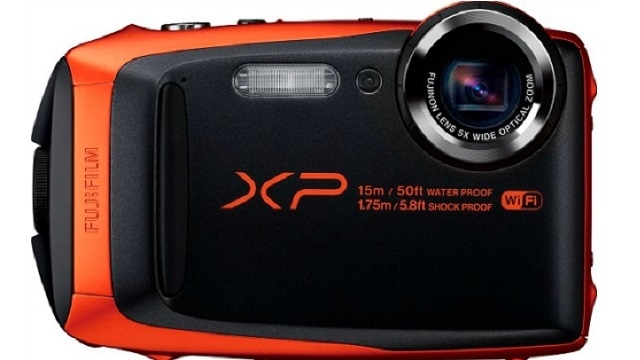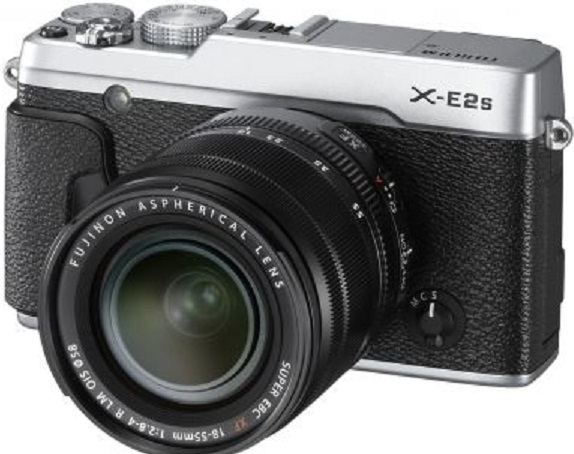Fujifilm’s latest new camera models serve as a reminder that while the smart phone imaging capabilities may have come up in technological leaps and bounds in recent years, in some situations, a real camera still takes a lot of beating.
The company’s new FinePix XP90 model is shock-resistant and waterproof up to a depth of 15 meters. It also expected to keep working at temperatures as low as -10°C, making it as appealing to climbers as it is to divers. In terms of imaging specifications, the camera has got a 16.4-megapixel sensor, a decent optical zoom and has the capability to shoot full HD at 60 frames per second. The camera also has a dedicated slow-motion setting.
The new camera is Wi-Fi enabled for fast image and video transfer, and this connectivity means that it can also be used with a remote control app. At $229.95 when the device goes on sale in February, it will be cheaper than a host of flagship smart phones and a lot more robust too.
Photography has never played a greater role in consumers’ lives in the past. According to Deloitte, in the year 2016, some 2 trillion photos will be shared and transferred via the web. However, Deloitte predicts that 90% of them will have been taken with a smart phone rather than a dedicated digital camera of any kind. That means traditional camera companies are aiming for the elusive 10% that still puts a premium on pro-level photography or that treats it as an art form rather than as a simple visual memory.
It’s why Canon recently launched a huge marketing campaign to remind people how revolutionary its EOS Rebel range has been in giving consumers access to professional-level DSLR cameras. It is also the reason why alongside the rugged XP90, Fujifilm has also unveiled three new devices that put an equal premium on individual style and aesthetics as on latest-generation imaging.




